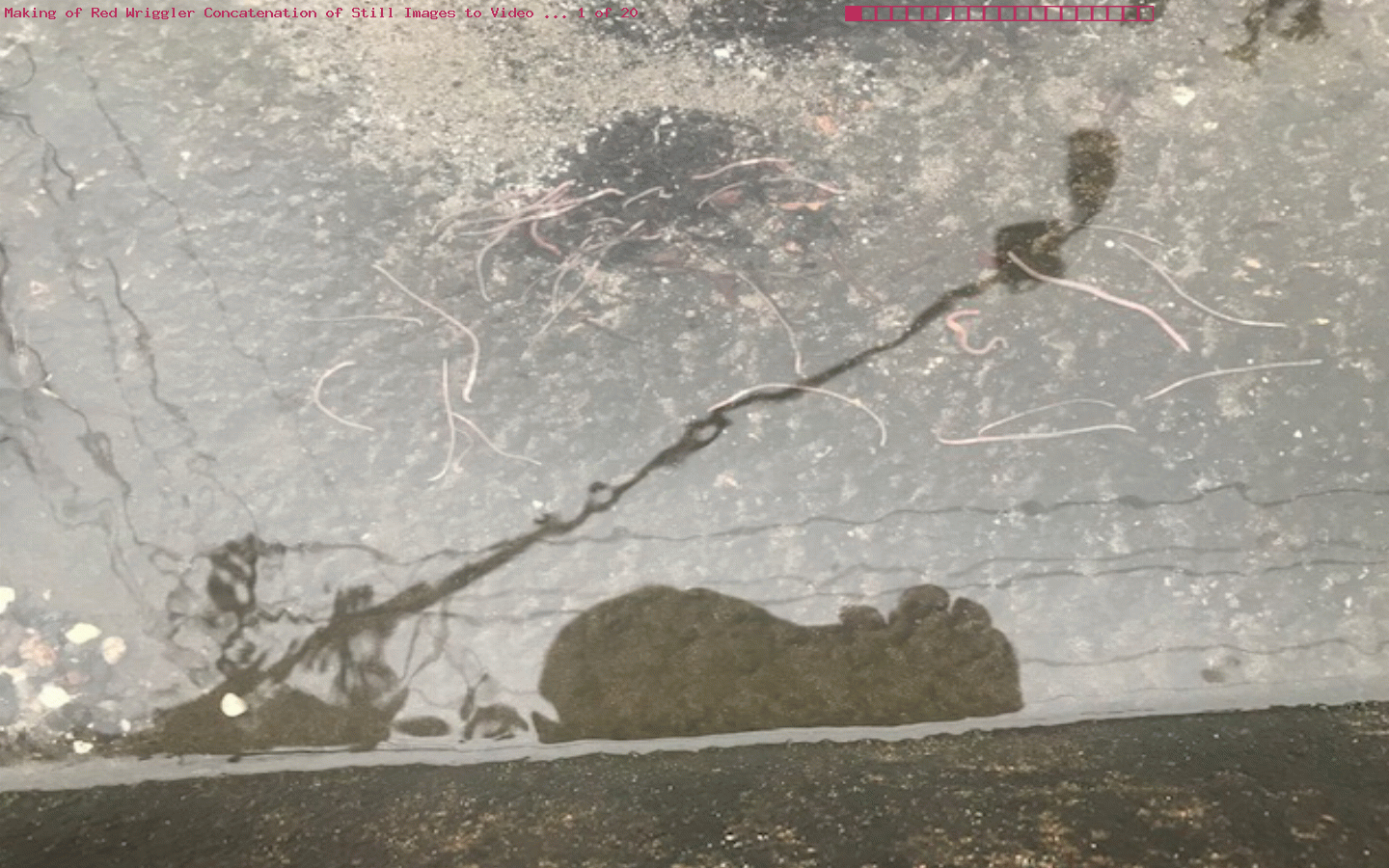Relatively soon after the Internet started as a defence network, the scientific benefits of sharing information freely in a worldwide network was recognized.
Most of us know Wikipedia as a public repository of some of this scientific information, but there are also lots of universities and schools and museums out there getting better and better at disseminating information, from a basis of expertise, to we other laypeople. Thanks, everyone.
And so, when I came upon a worm in an odd place, the gutter, during a really wet period hereabouts, my first thought about following up on trying to find out more about it, turned to our Australian Museum as a place to visit, having many years ago got such a sweet reply to my query about a snake in our Newtown backyard (that we had just moved into) which included back and fro questions about size and texture, to end in the diagnosis …
It’s a rubber snake
… and yes, it was … but we digress. Except that this event made us a little sheepish to renew acquaintances, which is as it should be if you can do your own research with their website help combined with other great resources, the best visual, we often think, being a Google image search to try to match the iPhone created media you might have created …
- .MOV video via Camera app
- .jpg images via Camera app (trying pinch zooming in)
… to online evidence. There was also the placing of the worm on some grass and seeing it disappear within five minutes to go on, also, as evidence that what we had here was a case of …
Red Wriggler worms
Kind of common, but there you are!
If this was interesting you may be interested in this too.



